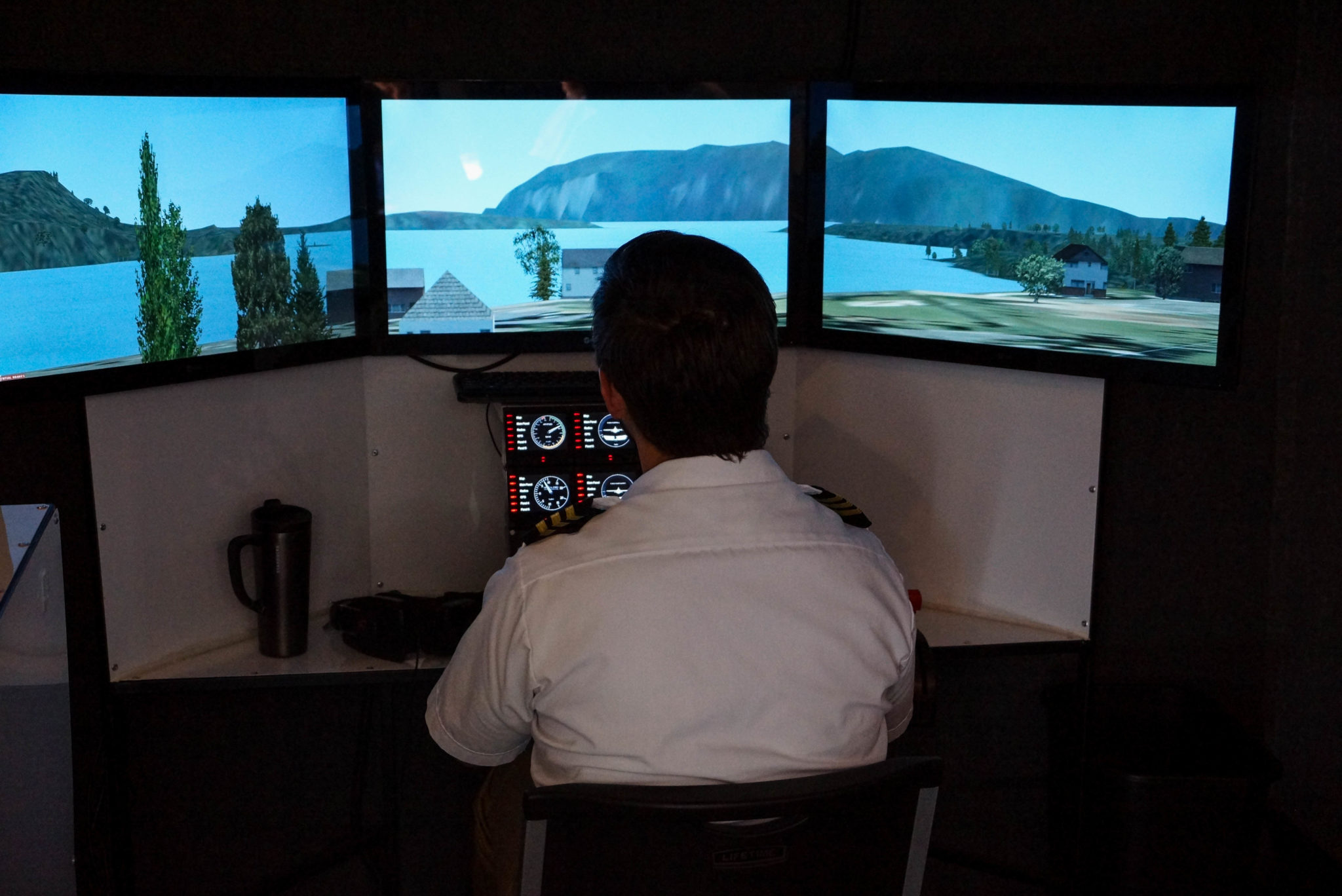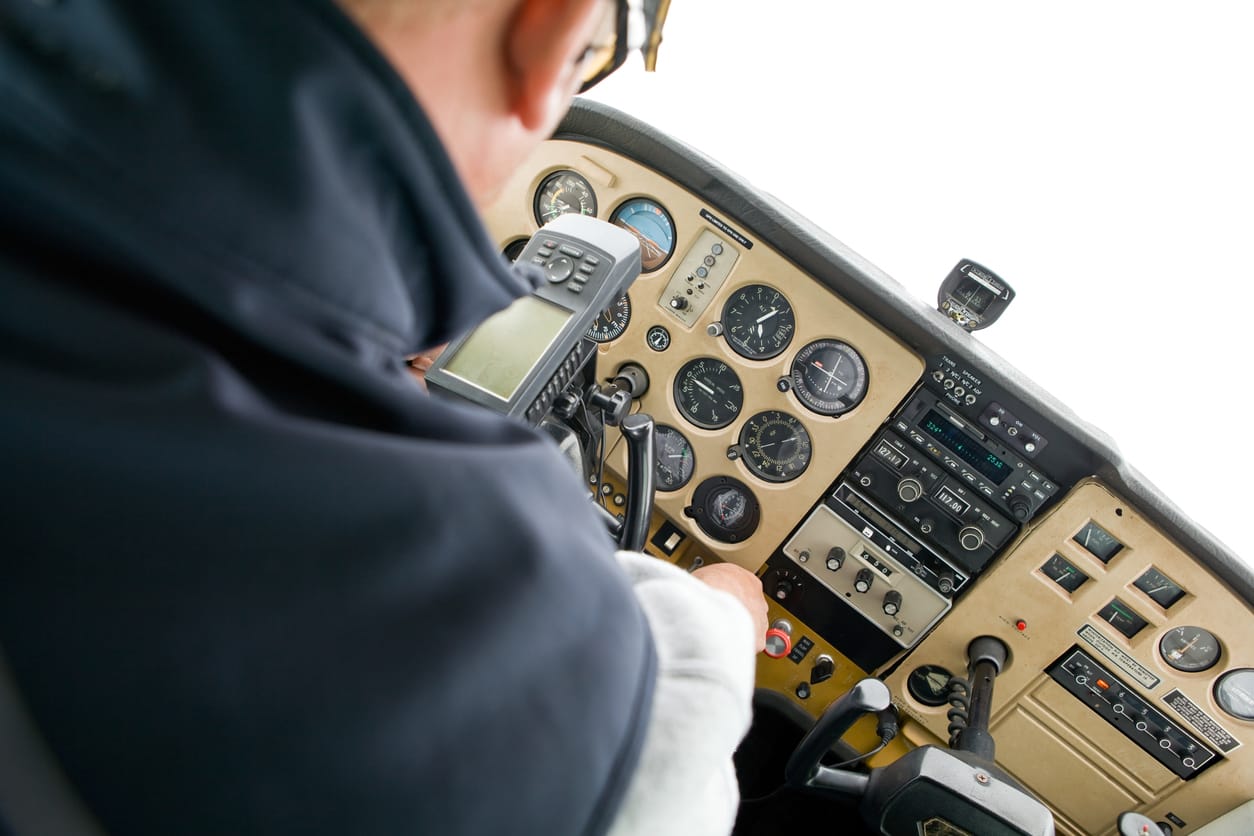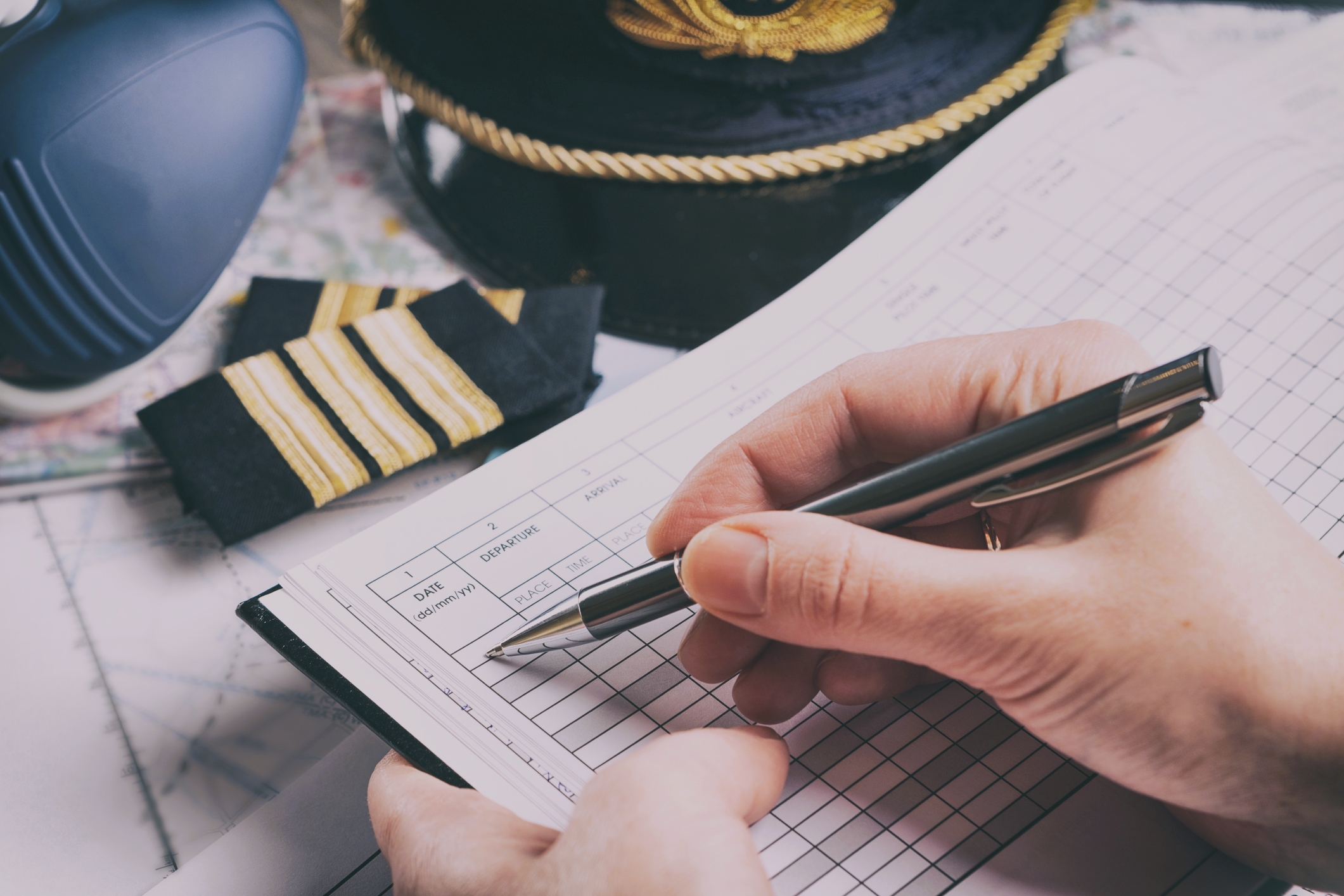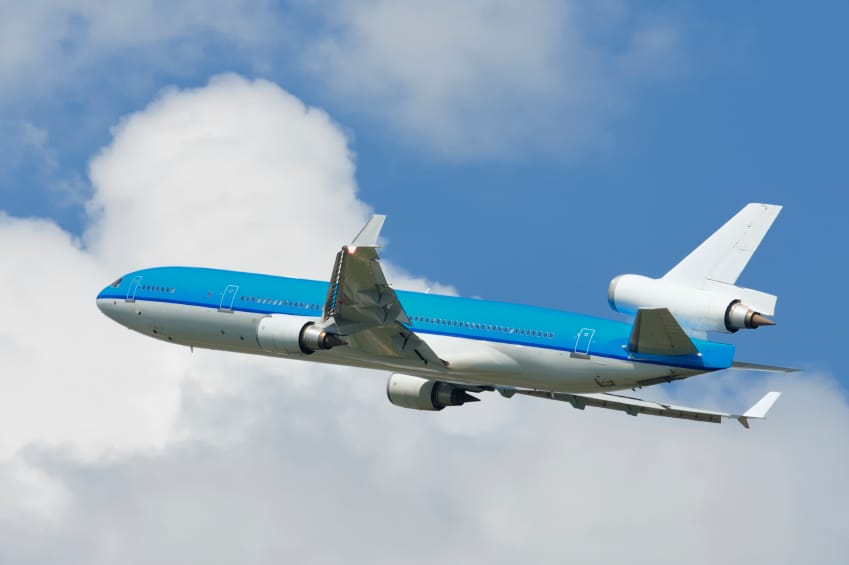For pilots, it is important to stay up to date on IFR training. These 3 tips can help every pilot keep their instrument rating skills sharp.
[lwptoc numeration=”none”]
Flying by instruments alone in adverse weather conditions is not easy, and the Federal Aviation Administration (FAA) is well aware of the many challenges it presents. That is why the FAA demands that all private and commercial pilots undergo specific training to fly by instrument flight rules (IFR) alone. Staying proficient in these skills is vital even after a pilot earns their instrument rating, which permits a pilot to fly in low visibility.
Pilots should focus on maintaining their IFR related skills not only because the FAA demands it, but because it keeps them and others safer in the skies. Especially if a pilot flies infrequently or mostly in good weather, it can be easy to lose certain abilities connected with the instrument rating. The pilot could then find himself or herself scrambling or overwhelmed should sudden changes in the weather force an IFR situation. However, if a pilot practices flying without instruments on a regular basis, it is easier to stay calm when flying IFR.
What IFR Training Does the FAA Require?
It is very vital for safety that a pilot to keep his or her IFR skills sharp that the FAA stipulates specific circumstances for maintaining it. Once a pilot has his or her instrument pilot rating, the FAA expects him or her to perform the following actions in IFR conditions at least once every six months:
- Fly in a holding pattern
- Intercept or track courses (use a GPS or correctly pick up a course)
- Successfully accomplish six approaches (touch and goes are permitted)
The specifics of IFR conditions depend on terrain, but they are dependent on cloud distance, ceiling, and visibility. Pilots do well to carefully study weather conditions at their departure and arrival airport, as well as in route. The FAA expects airmen to stay apprised of weather conditions, and that pilots who may fly only under visual flight rules (VFR) will stay on the ground until weather conditions improve.
Pilots who have an instrument rating can maintain their proficiency in three ways:
- Flying under actual IFR conditions
- Using a simulator to duplicate IFR conditions
- In VFR conditions, under a vision limiting device (hood or “Foggles”) with a safety pilot
Pilots flying with a hood or “foggles” must choose their safety pilot, the person in the right seat, with care. He or she does not have to be a Certified Flight Instructor-Instrument (CFII.) However, he or she must be at least a private pilot who is appropriately rated for the aircraft category. For example, a helicopter pilot cannot serve as a safety pilot in an airplane.
If a pilot within the past 6 months flies instrument approaches in actual IFR conditions and they are logged as pilot in command (PIC), and log a holding pattern, it is understood that they are talking to air traffic control (ATC). If a pilot does not fulfill the requirements an additional six months past the deadline of maintaining proficiency, they must submit to an instrument proficiency check with a CFII in order to file an IFR flight plan. This in some ways is like taking the IFR practical test all over again.
It can be expensive if a pilot does not take to the skies regularly. How can pilots avoid rushing to fit all the proficiency requirements, or paying for the services of a CFII? Here are a few tips to stay current with your IFR training.
1. Consider Using a Simulator for IFR Training
In an ideal world, a pilot will fly often enough to encounter IFR conditions on a regular basis. However, especially for those who fly occasionally or in areas such as California or Arizona where weather is consistency fine, there might not be enough opportunities to fly in cloudy weather. Simulators are the solution to this “problem.”
Flying in an FAA approved simulator (no, a few minutes in front of Microsoft Flight Simulator on your Xbox does not count) enables pilots to correct errors and try an approach again if they become flustered or make unsafe choices. For IFR training, simulator “flying” is also cheaper than filling a Cessna’s tank with gas and potentially also paying a rental fee. Using a simulator can be a novel situation, which forces extra attention on instruments and conditions. It is a good idea to schedule an occasional simulator session simply to have an opportunity to “fly” into different airports in various conditions. If possible, use a full motion model for additional realism.
2. Make It a Date and Focus
A flight or two with the intended purpose of performing one of the items necessary to maintain IFR training is a safe and efficient way to keep up your rating. Taking off with the loose thought that “maybe I’ll squeeze in a few approaches if I get there early” is a good way for the goal to slide away if you meet a headwind or a late start and are pressed for time.
In addition, it is not safe to press yourself to fit in “just one more approach” just because your six month deadline is approaching and you are feeling tired or weather conditions are deteriorating further. However, taking a pilot friend with you a couple months out from the expiration date to get some hood work or IFR navigation practice accomplished is a low-stress and efficient way to maintain currency. This technique helps you to truly focus on the skills that just might save the life of you and your passengers someday. Rushing through the requirements is following the letter, but not the spirit, of the FAA regulations.
3. Ask Another Pilot For Feedback and Help
If you do not fly often, consider splitting the cost of rental and time with another pilot to stay up to date on IFR training. You can act as one another’s safety pilots and provide feedback on certain skills. It is also a good idea to test one another by playing the game of “removing just one,” which is taking turns proposing the loss of one major piece of equipment, such as the GPS or the backup radio.
Ready to soar in your aviation career?
Mr. Matthew A. Johnston has over 23 years of experience serving various roles in education and is currently serving as the President of California Aeronautical University. He maintains memberships and is a supporting participant with several aviation promoting and advocacy associations including University Aviation Association (UAA), Regional Airline Association (RAA), AOPA, NBAA, and EAA with the Young Eagles program. He is proud of his collaboration with airlines, aviation businesses and individual aviation professionals who are working with him to develop California Aeronautical University as a leader in educating aviation professionals.




